The Surprising Relationship Between Emails and Stress
Email is the most widely used and enduring medium of electronic communication in organisations. A number of Surveys indicate that on average, about 61% of employees consider email to be very important to their jobs (Pew Research Center, 2014).
The interesting point about email use is that research on consequences of email use report contradictory results. While some studies suggest that a higher extent of email use is associated with higher levels of stress (e.g., Barley et al., 2011), others show it is associated with positive outcomes such as improved relationships (de la Rupelle, Fray, & Kalika, 2014) and greater work effectiveness (Mano & Mesch, 2010).
Interestingly, not having enough email can also have adverse consequences such as increased uncertainty due to lack of information (Brown, Duck, & Jimmieson, 2014) or perceived lack of social support (Mikal, Rice, Abeyta, & DeVilbiss, 2013).
While a key assumption is that everyone wants less emails, research shows that’s clearly not true.
Hopefully this should encourage you to reflect on your own email use. While it is not possible to identify the ‘right’ or a ‘sweet spot’ of it, it’s clearly valuable to be aware that your email use might affect your colleagues differently.
As the world becomes more connected, and more dependent on devices and virtual communication, we start to place extra value on the mindfulness, empathy and every other extra layer of benefits that come from conversations in person.
Here are five tips from In Bloom:
Understand that your preference might not be other’s preference too
Prioritise conversations face to face
Include non-negotiable periods in your daily calendar where your emails are closed
Choose your next means of communication mindfully
Have fun
Reference:
Stich, Jean-Francois, et al. "Appraisal of email use as a source of workplace stress: a person-environment fit approach." Journal of the Association for Information Systems 20.2 (2019): 2.

